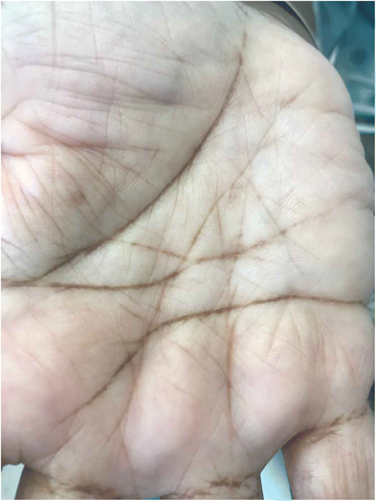A nurse is planning to administer medication to a client who has a Clostridium difficile infection. Which of the following actions should the nurse plan to take to prevent the transmission of this infection to others?
Clean hands with an alcohol-based hand rub immediately after removing gloves.
Remove the cover gown in the client's room after providing care.
Place the client in a room with negative-pressure airflow.
Wear a mask when administering oral medications to the client.
The Correct Answer is B
The correct answer is choice B. Remove the cover gown in the client’s room after providing care. This is because Clostridium difficile spores are not effectively killed by alcohol-based hand rubs and can survive on surfaces for a long time. Removing the gown in the client’s room helps to contain any spores that may have settled on the gown, preventing them from being spread to other areas.
Choice A rationale:
Cleaning hands with an alcohol-based hand rub immediately after removing gloves is wrong because C. difficile spores are resistant to alcohol-based hand rubs. The recommended practice is thorough handwashing with soap and water to physically remove the spores from the hands.
Choice C rationale:
Placing the client in a room with negative-pressure airflow is wrong because this measure is used for airborne infections, such as tuberculosis. C. difficile is spread via the fecal-oral route, primarily through contact with contaminated surfaces or hands, not through the air.
Choice D rationale:
Wearing a mask when administering oral medications to the client is wrong because C. difficile is not spread through respiratory droplets. Masks are not necessary unless there is a risk of splash or spray of contaminated material.
Nursing Test Bank
Naxlex Comprehensive Predictor Exams
Related Questions
Correct Answer is A
Explanation
The correct answer is choice A: "Stand with your feet together and your arms at your sides."
Choice A rationale:
This statement is correct. The nurse should instruct the client to stand with their feet together and their arms at their sides for a Romberg test. This position helps to assess the client's ability to maintain balance with minimal sensory input, evaluating their proprioception and vestibular function.

Choice B rationale:
The instruction about the tuning fork is unrelated to the Romberg test. The tuning fork is commonly used to assess hearing and vibratory sensations, not balance.
Choice C rationale:
This statement is unrelated to the Romberg test. Mentioning the lateral side of the foot suggests a neurological examination related to assessing reflexes, such as the Babinski reflex.
Choice D rationale:
This instruction pertains to a different test known as the "finger-to-nose" test, which is used to assess coordination, not balance.
Correct Answer is C
Explanation
The correct answer is choice C. Pallor with scaly skin.
Choice A rationale:
"Heart rate 89/min." Heart rate within the range of 60-100 beats per minute is generally considered normal for adults at rest. This value doesn't specifically indicate malnourishment.
Choice B rationale:
"Pink mucous membranes." Pink mucous membranes indicate adequate oxygenation and hydration but don't necessarily reflect nutritional status or malnourishment.
Choice C rationale:
"Pallor with scaly skin." Pallor (pale skin) along with scaly skin can be indicative of malnourishment. Malnourished individuals may not receive adequate n

Choice D rationale:
"Body mass index 23." A body mass index (BMI) of 23 falls within the normal range (18.5-24.9), so it doesn't necessarily indicate malnourishment. However, BMI alone may not fully capture malnourishment, as it doesn't consider other factors like muscle mass and specific nutrient deficiencies.
Whether you are a student looking to ace your exams or a practicing nurse seeking to enhance your expertise , our nursing education contents will empower you with the confidence and competence to make a difference in the lives of patients and become a respected leader in the healthcare field.
Visit Naxlex, invest in your future and unlock endless possibilities with our unparalleled nursing education contents today
Report Wrong Answer on the Current Question
Do you disagree with the answer? If yes, what is your expected answer? Explain.
Kindly be descriptive with the issue you are facing.
